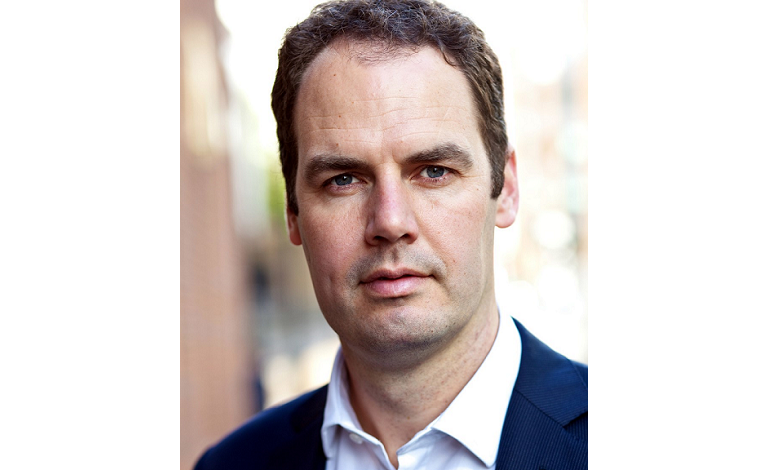This year marks a decade since the implementation of gender neutral rates were enforced on the UK insurance market following the Test Achats case that stopped insurers charging different male and female prices.
Many market sages at the time predicted spiralling prices, unknown lapses and ruthlessly targeted gender specific marketing campaigns.
A decade on and we understand more about what truly “unprecedented events” look like and this all seems small fry in comparison.
One interesting view on whether equality has truly been achieved is to look not at price but at protection.
The really good news is that life and critical illness now achieve similar levels of sales by gender.
While there is significant difference in sum assured and consequently premium income and commission paid, the volumes of sales of both products are roughly equal.
Unfortunately, the same cannot be said for income protection (IP).
Although the variation between male and female sales has reduced over the last decade the difference reported in this year’s Term and Health Watch from Swiss Re still shows 44% more men than women took out individual IP policies in 2020.
If you prefer to think of people rather than %s then consider that in 2020 around 96,000 men protected their income compared to just under 67,000 women.
Addressing an underserved market
With this knowledge, Income Protection Task Force (IPTF) members agreed this should be the first underserved market for us to take a detailed look at to consider what improvements are required to make a difference here.
The IPTF surveyed insurers and advisers on their current approaches. We specifically looked at:
- Suitability of product features;
- Underwriting approaches taken;
- Support through pregnancy, maternity and for carers.
No single point jumped out of the research, but some early observations are:
- There are a wide variety of definition wordings that apply for someone who claims for IP at a period when they are on maternity leave or not working;
- There are different interpretations of Equality Act legislation around the ability to take gender into account, for example when underwriting post-natal depression;
- Some advisers are finding more opportunities to speak with female clients through lockdown introduced technology;
- Most advisers had a reasonably similar number of male and female clients but those that skewed did so heavily towards male applicants;
- Advisers believe a key reason for the difference is an underestimation by clients of the impact that a houseperson or second income earner being incapacitated would have;
- There are many differences between support for carers between different IP insurers.
There are many things we have not yet explored arising from survey responses and further thinking around this:
- Marketing techniques used by insurers and advisers to introduce IP into conversations
- Materials produced by insurers and advisers to explain IP – the words, diagrams, imagery around this product as opposed to others;
- Case studies shared around underwriting and claims of IP;
- Channels where IP is mainly sold.
Competition or collaboration
We recognise there are many parts of this that lie within the area of competition rather than collaboration, but we will nevertheless seek to highlight where these things may occur.
This could include underwriting philosophy on mental health where we know that women disclose higher rates of anxiety and depression but ultimately suffer less severe disease as a result.
Is this an area where gender specific underwriting needs to be introduced?
There are plenty of examples from other industries which show that saying “we treat everyone the same” does not mean everyone is treated equally.
Caroline Criado Perez’s book Invisible Women highlights the impact of male centred product design, safety testing and medical research on the effectiveness of what is produced to men and women. Are we guilty of the same here?
Target 100,000 IP sales
In simple levelling up terms – the challenge now set is: How do we sell over 100,000 income protection policies to women in 2023?
Even this may not be ambitious enough for some.
Given the historic gap it is reasonable to argue that there are even more women out there with a need for IP than men today.
So perhaps the aim should be for a corrective period where we seek and expect to protect more females than males.
If it’s not obvious yet – we don’t have all the answers, but we are determined to get this conversation going and in so doing make everyone conscious of the small decisions they are making that may influence the bigger picture.
We’d welcome thoughts and observations around this subject and look forward to presenting a more complete analysis and proposals for improvements in the next three months.
